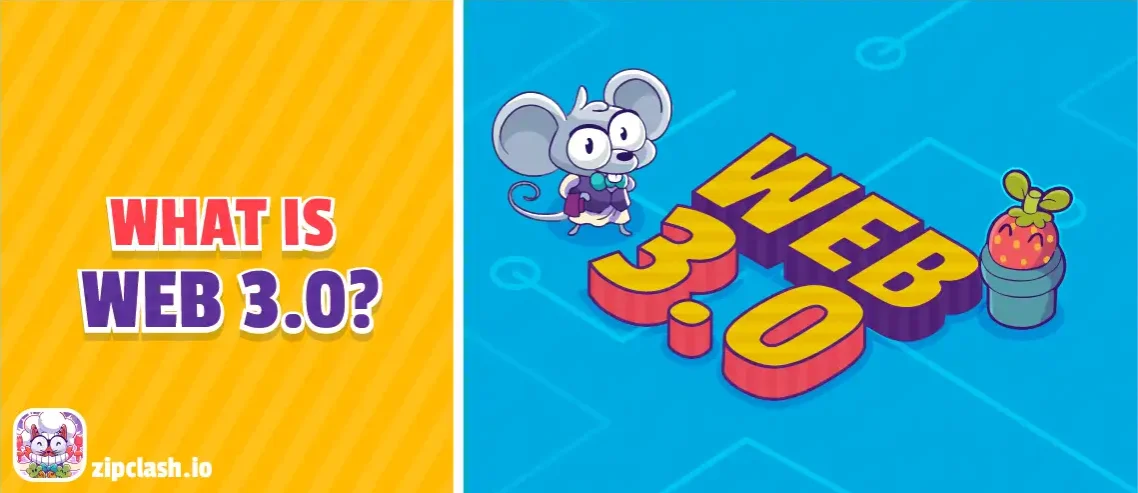What is Web 3.0? And why is it replacing the current internet?
Web 3 is the next generation of the Internet and a paradigm shift toward a democratic, decentralized Internet. Web 3 is defined chiefly through new technologies such as “Blockchain,” “Virtual Reality,” “Augmented Reality,” “Artificial Intelligence,” and other technologies created in the field of cryptography like Metaverse and NFT.
Web3 uses these technologies to change the way users view and value the Internet. It can be said that the subject of Web 3 is the creation of the Internet of the people, which means that the people own the Internet, and people create all its tools to serve the individuals.
What was wrong with Web 1 and 2?
The biggest drawback of the second generation Internet is the accumulation of power in the hands of intermediary companies. The role of these companies is to mediate the establishment of trust between people, but today these companies themselves have become a dangerous factor for users. The following can be considered disadvantages and shortcomings of the 1st and 2nd generation Internet:
- Corporate ownership of user information
- Ability to censor and delete user information
- Ability to prevent users from operating on the platform
- Lack of efficient payment system
- Selling user information and violating individuals’ privacy
- Change people’s tastes by channeling content on the web
Web 3 was created to address these issues and to provide a new generation of the Internet in which legislation and ownership of work on the Internet are universal. But what are the features of Web 3, and what technologies are influencing its emergence? In the following, we will examine the answer to this question.
What are the perks of Web 3.0?
While the wave of Web 2 is still growing and many human activities are taking place in this context, the first signs of the growth of Web 3 can also be seen in Internet applications. Web 3 was first introduced by Tim Berners-Lee, the inventor of the Internet, meaning “Semantic Web”. Burners refer to the Internet as an Internet in which the use of different characters is meaningful for the Web. With it, the interaction of users and machines on the Internet is better than before. Although this feature can be considered one of the features of web3, it is not its main component. The main features of Web 3 include the following.
- Open Source: Web 3 projects are built on “Open Source” platforms by a group of developers, so they are free to use and can be developed by anyone.
- Trustless: In Web 2, intermediaries make trust between different individuals and organizations possible. In Web 3, the system itself provides the conditions for individuals to carry out their activities without the need for an intermediary without the need to trust the other party.
- Permissionless: You do not need permission from a specific person or organization to participate in Web 3 projects. How to attend and use the facilities in these projects is coded, and people can quickly work in the network by following the rules.
- Separate financial system: In Web 2 projects, direct economic activities are not possible, and for this purpose, individuals must seek help from financial intermediaries such as banks and financial institutions. In Web 3 projects, applications have dedicated in-network tokens that can be used for in-app payments.
- People Centralized: In web3, people are the owners of the projects; using the “Decentralized Automated Organization,” people who have the tokens of each network can submit their proposals for the progress of the project or vote positively or negatively on the bids submitted by others. The implementation or non-implementation of a plan will depend on gaining a majority vote.
- Privacy: On Web 3, people own their data and can publish it publicly if needed. No person or organization can access personal information without your permission in this space.


Comments
Leave a Comment